Optical level switch uses the principle of total reflection in a prism. Reflection or penetration, is the basis of the level alarm output. When the sensor is surrounded by air, the angle of incidence is greater than the critical angle and thus total reflection occurs.
Optical Level Switch
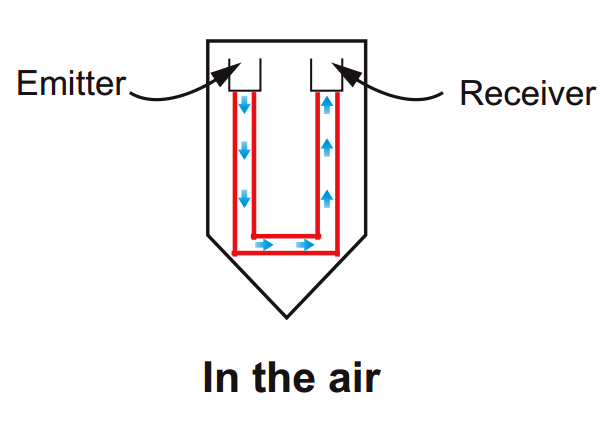
Totally reflected light will be transmitted to the receiver. Conversely, when the sensor is surrounded by liquid, due to the refractive index of the liquid and the sensor tip material, almost all light will penetrate the front of the sensor.
Using this principle, the optical liquid level switch design is based on light. The receiver can detect and determine a light reflected or penetrated state, and determines the circuit output.
Advantages :
- Simple, compact, and robust
- No moving parts
- Built-in, solid-state electronics
- Easily removed, cleaned, and reinstalled
- LED switch indication
Article Source : FineTek
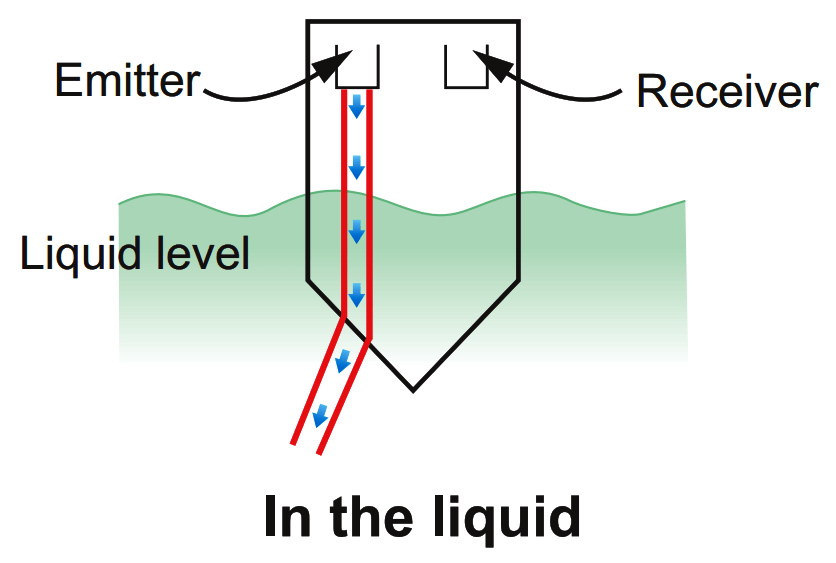






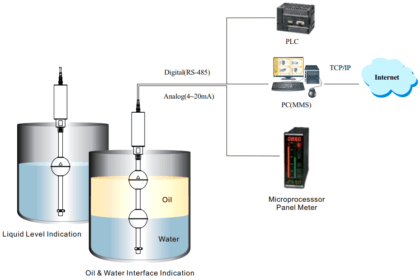

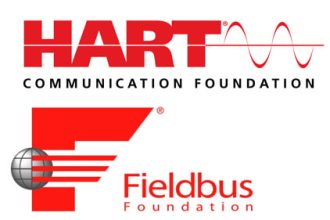


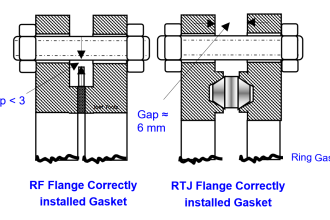

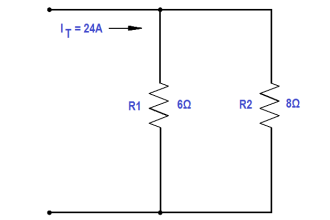



please elaborate on optical level switch principle little more